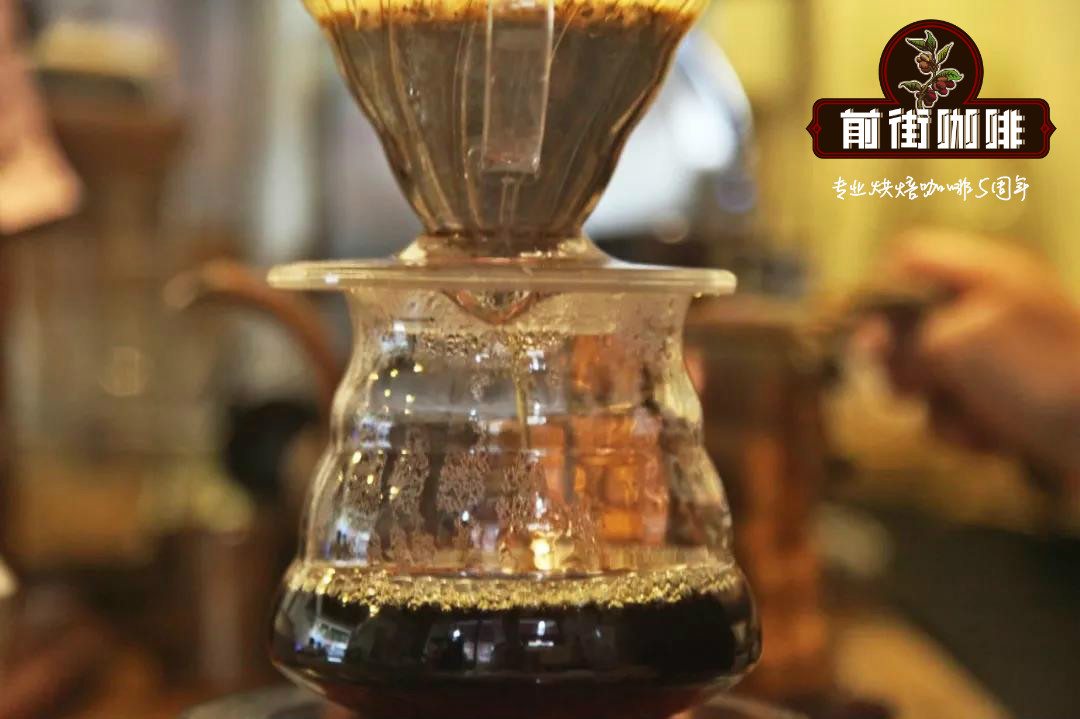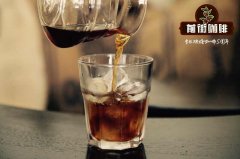How do I sample the coffee? How to taste coffee systematically?

Professional coffee knowledge exchange more coffee bean information please follow the coffee workshop (Wechat official account cafe_style)
Whether a cup of coffee tastes good or not is a very direct feeling, but this feeling requires training and breaking the prejudices brought about by past experience.
The most common reaction of coffee drinkers is "I don't want sour" or "I won't drink without sugar and milk". Only by breaking these stereotypes can we take the first step in coffee taste.
Good coffee, when drunk, can show a lot of fruit, as well as a variety of delicious food and spices, these are not additives but the original flavor of coffee.
With so many flavors in coffee, it takes a keen sense of smell and taste to distinguish its fineness. Some people are born with a keen sense of taste, while others need more taste in order to improve their taste. The key lies in "conscientiously and conscientiously training one's own quality ability."
In order to make it easier for drinkers to describe the diverse and rich flavor of coffee, there are usually several ways to help you experience this cup of coffee:
Dry aroma
Coffee is best ground and brewed, it is recommended to buy coffee beans to brew, because within 15 minutes after grinding, the aroma is the strongest, and sniffing may have a subtle level, which may help you experience this cup of coffee. If you buy ground powder, not only the aroma will be greatly weakened, but also the flavor will be affected.
Wet aroma
The coffee has just been brewed, and it is basically too hot to drink directly, so you can smell the wet aroma first. The "characteristics" of the wet aroma of coffee correspond to the place where the coffee is produced, while the "intensity" of the wet aroma is usually related to the freshness of the coffee, measured by the length of the period between the roasting date of the coffee and the date of use, and is also affected by the packaging isolation of moisture and oxygen.
Flavor
Flavor represents the main characteristics of coffee, is the "middle" sensory experience, between the wet aroma, acidity and aftertaste of coffee. The flavor combines all taste buds senses and retro-nasal impressions of coffee. Flavor includes the intensity / quality / complexity of taste and wet aroma.
Yu Yun
The aftertaste is defined as the positive flavor traits (taste and aroma), the length of time left at the back of the tongue after drinking coffee. If the aftertaste is short or has a negative flavor (bitter residue, etc.), it will reduce the experience of the cup of coffee. If the finish is long and has a positive flavor, it can enhance the experience of this cup of coffee.
Positive adjective: long after rhyme, retain good flavor in the throat
Negative adjectives: short rhyme, no retained flavor, or inability to distinguish the remaining flavor.
Acid quality
Sour is often described as "brightness" when it has a positive flavor, and "sour" when it has a negative flavor. At best, acidity gives coffee sweetness, lively texture, and flavor traits like fresh fruit, which are usually felt immediately when coffee is drunk.
However, too strong or significant acidity may make people feel uncomfortable, and too much acidity may not be appropriate for the flavor characteristics of the coffee, making people feel that the cup of coffee is "out of balance". Acid quality is based on the local characteristics of coffee production, or other factors (roasting degree, brewing purpose, etc.).
Positive adjective: bright, lively, soft, rich, sour can be converted into high sweetness.
Negative adjectives: sharp, exciting, monotonous, sour can not be turned into sweet.
Alcohol thickness Body
Alcohol thickness refers to the touch of coffee in the mouth, especially between the tongue and the upper jaw. Alcohol thickness "heavy heavy" or "light light" coffee can give people a pleasant tactile experience, although the intensity of the two is very different, but both can make the cup of coffee you drink more effective.
Positive adjective: thick, round, smooth, light.
Negative adjectives: sense of water, sense of astringency, sense of dryness, sense of scratching tongue, sense of granulation.
Balance degree
The degree of balance combines all the elements of this cup of coffee, including flavor, aftertaste, acidity, and the thickness of the alcohol. If coffee lacks a certain aroma or flavor, or if some characteristics are too strong, it is not a good balance.
The influence of drinking temperature
Freshly brewed coffee is not suitable for drinking, and people's tongues can't feel the flavor in this high temperature. Once the coffee is cooled to 70 °C, the sense of smell behind the nose is the most obvious at this temperature, which is suitable for tasting flavor and aftertaste.
As the coffee continues to cool down, it focuses on feeling the acidity, alcohol thickness and balance of the coffee.
If the flavor, aftertaste, acidity and alcohol thickness of coffee can blend with each other and produce comprehensive effect, it is the most perfect result of a cup of coffee.
Important Notice :
前街咖啡 FrontStreet Coffee has moved to new addredd:
FrontStreet Coffee Address: 315,Donghua East Road,GuangZhou
Tel:020 38364473
- Prev

What is espresso? What's the difference between it and individual coffee?
For more information on coffee beans, please follow the coffee workshop (Wechat official account cafe_style), that is, espresso, which is a type of coffee with a strong taste by pulping it under high pressure and grinding it into a very fine coffee powder in extremely hot but not boiling hot water. It was invented and developed in Italy and began at the beginning of the 20th century. Necessary principle
- Next

The Origin of the History Story of the knowledge of Cold extracted Coffee beans how to make cold coffee at home
Professional coffee knowledge exchange more coffee bean information please follow the coffee workshop (Wechat official account cafe_style) slightly cool summer morning, standing at the floor-to-ceiling window of the room, looking at the city after the rain, listening to the tireless singing of cicadas, the summer wind sweeps over your ankles, brushes your ears, and your hair swings fluffy with the wind. Consciousness still lingers in dreams and doesn't want to wake up.
Related
- How did the Salvadoran coffee industry develop in Central America?
- What exactly does the golden cup extraction of coffee mean?
- The Origin of Coffee flower
- [2023 Starbucks World Earth Day] there are more meaningful things besides free Starbucks coffee!
- What kind of coffee is there in Spain? 9 Flavors of Spanish Coffee
- Aromatic African coffee| Kenya's coffee culture and historical production area
- Liberica Coffee Bean knowledge: the characteristics of Liberian Coffee beans of the three original species of Coffee beans
- The origin and formula of Spanish latte introduces the taste characteristics of Bombon coffee in Valencia, Spain.
- How to adjust the solution of over-extracted coffee
- What is the tasting period of coffee beans? What is the period of coffee and beans? How should coffee wake up and raise beans?

